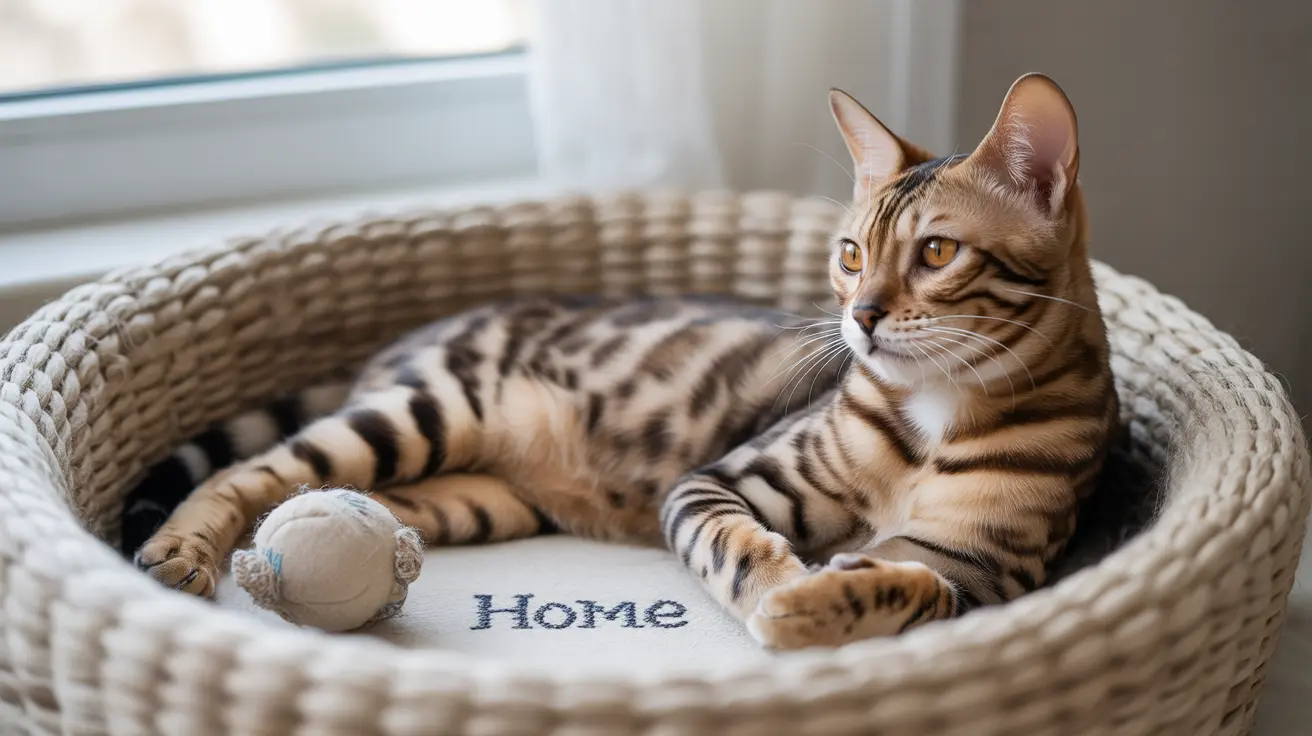If you're planning to transport your cat or need temporary containment for medical reasons, understanding safe crating duration is crucial for your feline friend's wellbeing. Whether you're traveling, moving, or following post-surgery instructions, knowing the appropriate time limits for crating can help ensure your cat remains comfortable and stress-free.
This comprehensive guide will explore the maximum safe duration for crating cats, factors that influence confinement times, and essential tips for making the experience as comfortable as possible for your pet.
Safe Time Limits for Cat Crating
For healthy adult cats, veterinarians generally recommend limiting crate time to 6-8 hours maximum. This duration allows for necessary travel or medical recovery while minimizing stress and potential health complications. However, several factors can affect this timeframe:
Age and Health Considerations
Kittens, senior cats, and those with health issues require shorter crating periods:
- Kittens: 2-4 hours maximum
- Senior cats: 4-6 hours maximum
- Cats with medical conditions: As directed by your veterinarian
Emergency and Travel Situations
While longer periods may sometimes be unavoidable during air travel or emergencies, these situations require special preparation and monitoring. Always consult with your veterinarian for specific guidance in these cases.
Creating a Comfortable Crate Environment
The right setup can significantly impact how well your cat tolerates crating:
Essential Crate Features
- Adequate size for standing, turning, and lying down
- Proper ventilation on multiple sides
- Secure, metal doors
- Non-slip, comfortable bedding
- Familiar items with home scents
Temperature and Positioning
Maintain a comfortable temperature between 68-72°F (20-22°C). Position the crate away from direct sunlight and drafts. During car travel, secure the crate on the floor behind the front seats for maximum stability.
Preparing Your Cat for Crate Time
Proper preparation can make a significant difference in your cat's crating experience:
Acclimation Tips
- Start training weeks before planned use
- Leave the crate open in living areas
- Use positive reinforcement with treats and toys
- Practice short sessions with gradually increasing duration
- Never force your cat into the crate
Signs Your Cat Needs a Break
Watch for these indicators that your cat needs time outside the crate:
- Excessive vocalization
- Pawing at the door
- Restlessness or agitation
- Signs of distress or anxiety
- Need for food, water, or litter box access
Frequently Asked Questions
How long can a healthy adult cat safely stay in a crate without stress or health risks?
A healthy adult cat should not stay in a crate for more than 6-8 hours without access to food, water, and a litter box. Extended periods can lead to stress and potential health issues.
What are the recommended crate time limits for kittens or senior cats?
Kittens and senior cats should spend less time in crates - typically 2-4 hours for kittens and 4-6 hours for senior cats. These age groups are more vulnerable to stress and have more frequent needs for food and elimination.
How do I choose the right size and type of crate to keep my cat comfortable during travel?
Select a crate that allows your cat to stand, turn around, and lie down comfortably. The crate should be well-ventilated, secure, and made of durable materials like hard plastic or metal.
What steps should I take to help my cat get used to staying in a crate before a trip?
Begin crate training several weeks before travel, using positive reinforcement. Place familiar items in the crate, keep it in a common area, and gradually increase the time your cat spends inside.
Can my cat stay overnight in a crate, and what precautions should I take if it's necessary?
Overnight crating is not recommended unless medically necessary. If unavoidable, ensure the crate is properly sized, comfortable, and that your cat has access to water. Consult your veterinarian for specific guidance.
Remember, while crates are valuable tools for transportation and temporary containment, they should never be used as long-term housing solutions for cats. Always prioritize your cat's comfort and well-being when using a crate, and consult with your veterinarian if you have specific concerns about crating duration or safety.






